Inside Kyotographie, Japan’s world-renowned photography festival
Kyotographie 2025 embraces the theme ‘Humanity’ in Kyoto – Amah-Rose Abram reports with the highlights, from major and emerging photographers
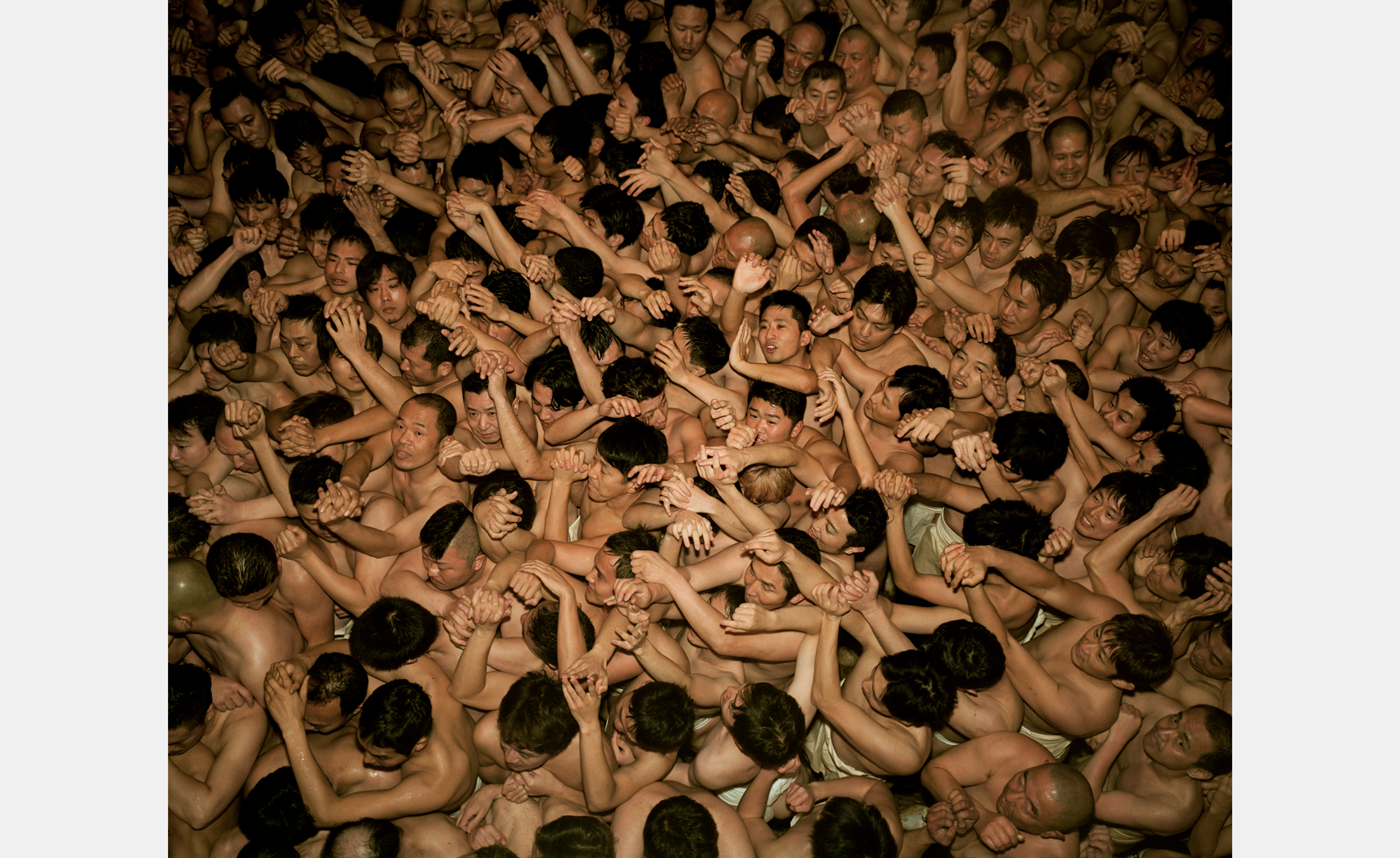
Thirteen years ago, I took a lonesome walk through the Japanese city of Kyoto. Taking a break from the group holiday I was on, I decided to have a wander through the backstreets and found a photography exhibition. It was the first iteration of the now-renowned photo festival Kyotographie, to which I returned for the first time last week.
The event’s 13th edition, themed ‘Humanity’, features exhibitions by major names such as Mexico's Graciela Iturbide, the UK's Martin Parr, India's Pushpamala N, and Ivorian internet sensation Laetitia Ky. Also on view are shows by under-recognised Japanese photographer Mao Ishikawa, emerging Taiwanese artist Hsing-Yu Liu, The Anonymous Project collaboration between Lee Shulman and Omar Victor Diop, and a centrepiece in the form of a huge mural The Chronicles of Kyoto, part of the ongoing series by JR.
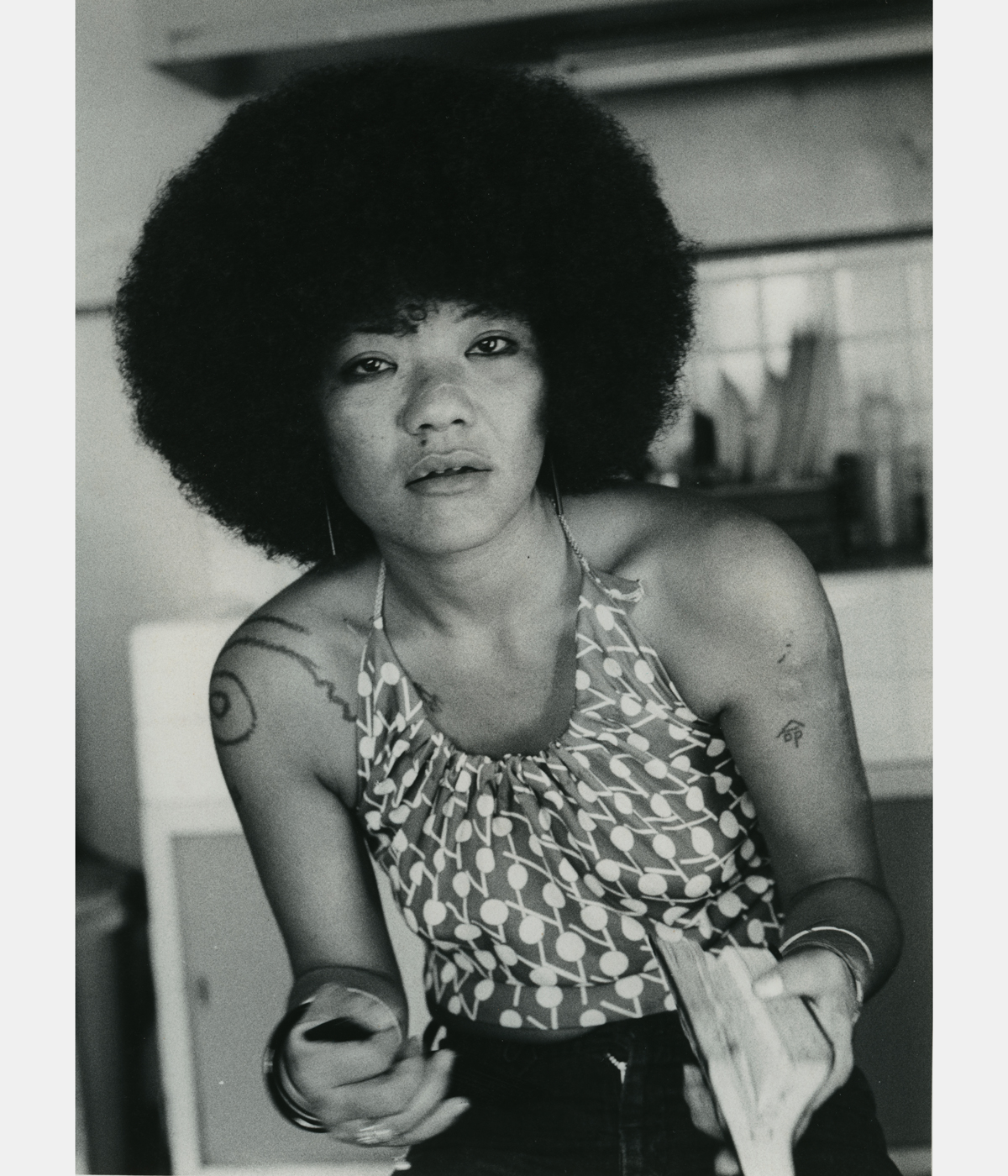
Mao Ishikawa, Red Flower: The Women of Okinawa series, 1975-1977
Founded in the aftermath of the Fukushima disaster by couple and collaborators Lucille Reyboz and Yusuke Nakanishi, Kyotographie has always sought to challenge and to enlighten. Installed in public and private buildings and public spaces around Kyoto, the festival opens up the city to its audience and participants, who in turn bring a diverse range of viewpoints to this location that has a reputation for tradition and the preservation of history.
Since its inception, Kyotographie has gained international recognition and has expanded to include the emerging-artists showcase KG+; a European satellite event at Les Rencontres d'Arles, in France; and a sister music festival in Kyoto, Kyotophonie.
Kyotographie undoubtedly contributes to the city's visitor numbers, but with them comes the threat to Kyoto's historic buildings, from both footfall and redevelopment.
‘In Japan, it's a bit taboo to talk about politics and the environment; it's still a bit difficult to speak directly, so that's why we show work addressing these topics,’ says Nakanishi, who co-directs the festival. ‘But to attract both a local and international audience, we also show work by the legends of photography alongside work looking at the environment and human rights.’
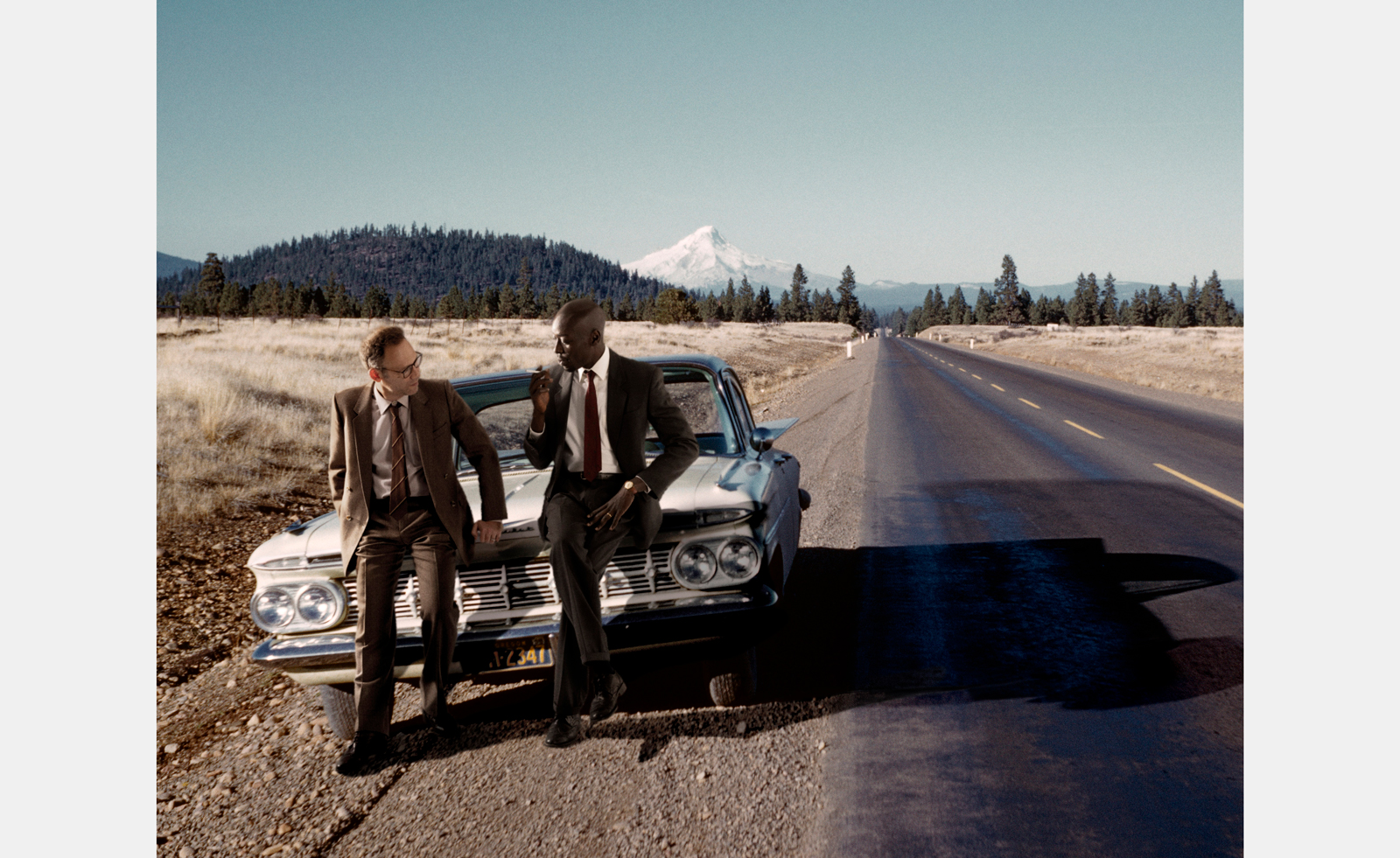
Lee Shulman & Omar Victor Diop, Being There_52-V1, 2024, The Anonymous Project
The festival draws on local expertise, from scenographers to artisans, to design and realise the exhibition spaces, sometimes including sound and other sensory elements; each space is individually curated, with written statements.
Receive our daily digest of inspiration, escapism and design stories from around the world direct to your inbox.
‘For us, we aim to help connect the underground with the mainstream and that's really important; I think it was one of the main characteristics of the festival from the beginning. We also like to maintain a connection with craftsmanship and to support the city,’ Reyboz says.
Master photographer Graciela Iturbide’s eponymous exhibition is her first retrospective in Japan and is installed on hand-plastered temporary walls that appear almost velvet-like. The pink of the plaster offsets her uncanny, humorous and almost impossibly composed black-and-white photographs. Among them are some of her greatest images alongside lesser-known works, as well as photography created for Dior.
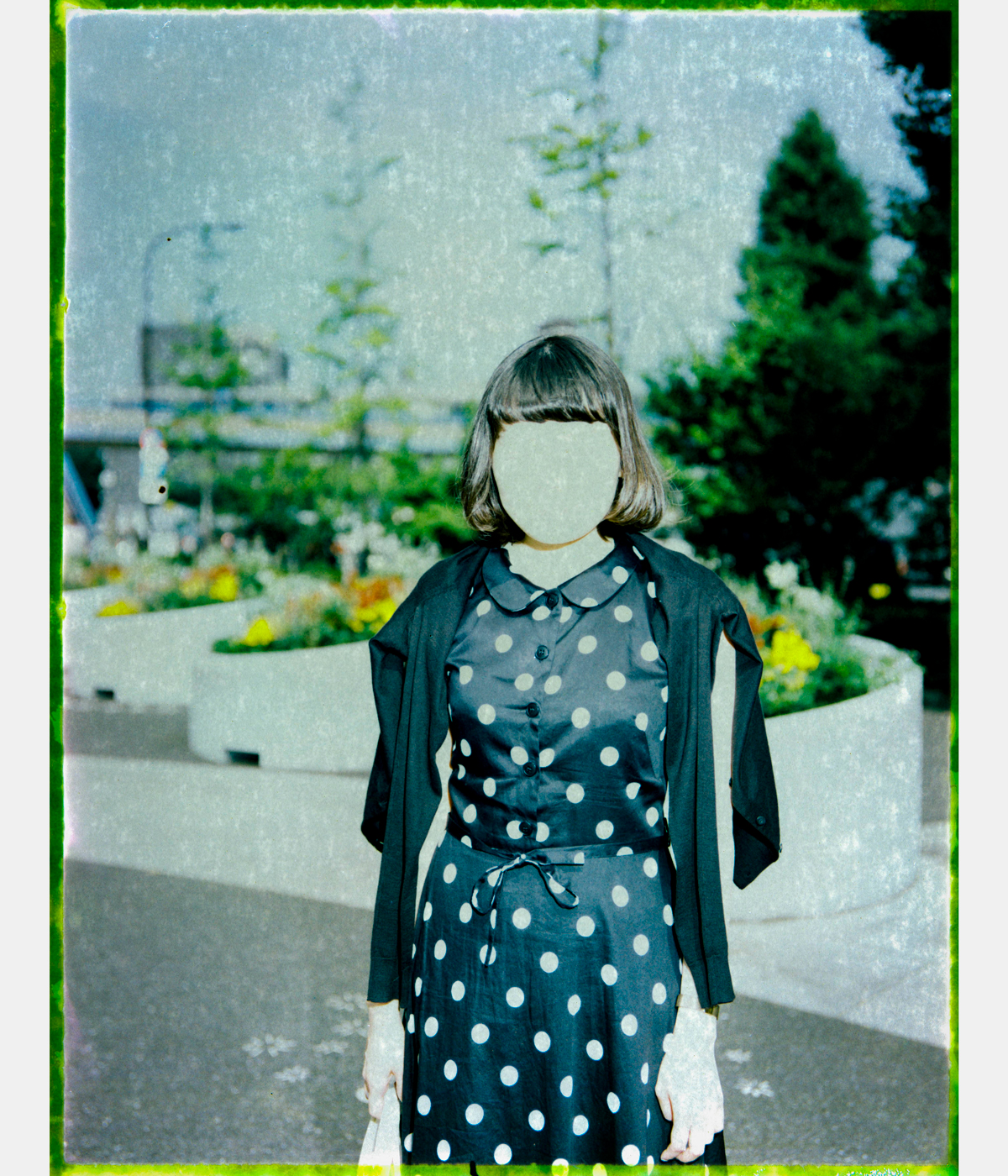
Nishioka Kiyoshi, image from KG+
For the exhibition spaces, the festival's founders eschew the white-cube aesthetic. ‘We talk with the artist and then the scenographer, and look at how we should show this artwork with the greatest impact for the audience and sum up its message,’ continues Reyboz. ’We always like to have so many discussions with the artists before starting to create.’
Mao Ishikawa’s exhibition ‘Red Flower’, installed in Kondaya Genbei Chikuin-no-ma, a 280-year-old obi wholesaler, features the photographer's series on Okinawa in the 1970s. The Japanese island serves as a US military base and the project focuses on the life and relationships formed between women on the island and Black American soldiers. The black-and-white images show the artist’s friends and are a warm, hedonistic portrait of friends partying on the beach and young families. The showing of this well-known series is timely, as there have been protests against the ongoing military presence on the island.
The theme of ‘Humanity’ is clearly addressed in the exhibition of ‘Being There’, by The Anonymous Project founder Lee Shulman and Senegalese photographer Omar Victor Diop, who inserts himself into vintage photographs of white 1960s Americana. Diop highlights the omissions inherent in imagery taken during and just after the end of segregation in the United States. The artist fits in perfectly, but does he?
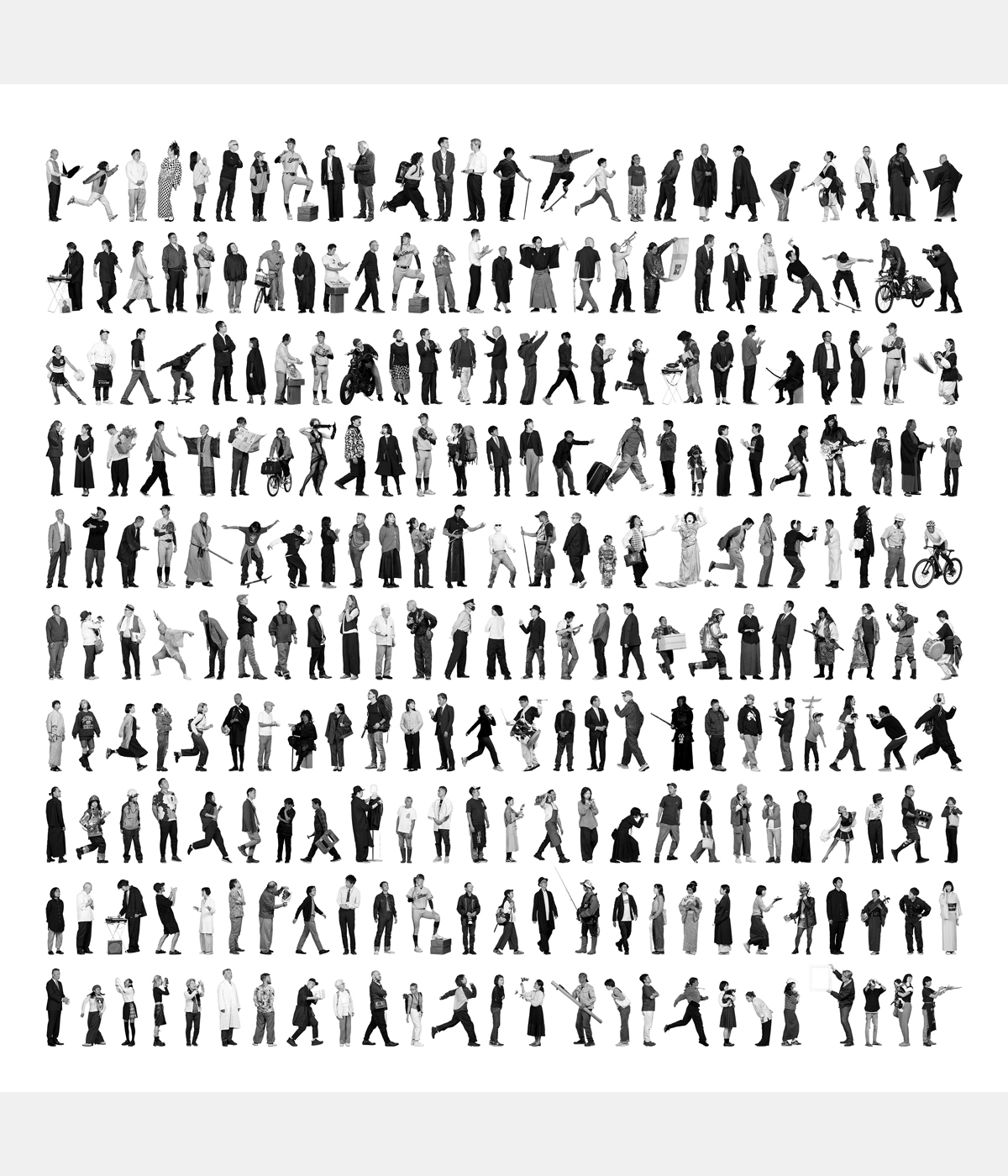
JR
‘It came from noticing that in every picture there would be an empty spot, which would usually be the spot left by the person who [stepped out of the frame] to take the picture, so an empty chair or an empty corner in the picture and that's where I get in,’ explains Diop. ‘We had a lot of fun shooting the project, but it does lead you to make your own social commentary about those golden years that weren't golden for everyone. In none of these pictures of parties and family functions do you see a person of colour, and that's where my presence has highlighted the absence of, not only Black men, but in some of the images, you could put a woman and it would scream the same thing.’
Hsing-Yu Liu, a Taiwanese artist who was awarded the KG+ Select award for emergent photographers in 2024, exhibited a portrait series of his parents, who raised him in rural Taiwan. After coming out to them as gay, he embarked on this series, where he dresses each parent in the other’s clothing; his parents participated partly to illustrate their acceptance of their child. These touching, occasionally comic films and still images explore gender, sexuality and family.
One of the most popular shows of Kyotographie 2025 comes from Palestinian-American photographer Adam Rouhana. ‘The Logic of Truth’ takes his images of daily life in Palestine from 2022 to 2024, and installs them in the fabric of Kyoto's Kurochiku Hachiku-an, a 1926 former townhouse. Panels of photographs replace walls and doors, and one image, facing the window and printed onto translucent material, changes with the time of day. Rouhana’s portraits of life in the West Bank alongside bucolic pastoral imagery are installed in the former private home to illustrate the idea of homeland through the language of domestic space.
‘I think that the work I’m making has been attracting an audience because it’s showing people something they haven’t seen before – something not hugely accessible to folks from this region, so that’s catching people’s attention,’ says Rouhana. ‘Most of the work that you see from Palestine is doom and destruction, violence and occupation, which is critical to cover, there’s no question about it, but I think that my work shows a different side of the same coin that isn’t covered as much.’
This independent festival always set out to address the issues of the day in a way that the local press couldn’t, highlighting local and global issues while commenting on the conversations happening in the photographic world. Each of the photographers featured at the festival, no matter their age, contributes to the contemporary discourses of authorship and representation happening in the industry, at a moment when the focus is on who is holding the camera as much as what the camera itself is focused on.
Kyotographie 2025 runs until 11 May, kyotographie.jp
Amah-Rose Abrams is a British writer, editor and broadcaster covering arts and culture based in London. In her decade plus career she has covered and broken arts stories all over the world and has interviewed artists including Marina Abramovic, Nan Goldin, Ai Weiwei, Lubaina Himid and Herzog & de Meuron. She has also worked in content strategy and production.
-
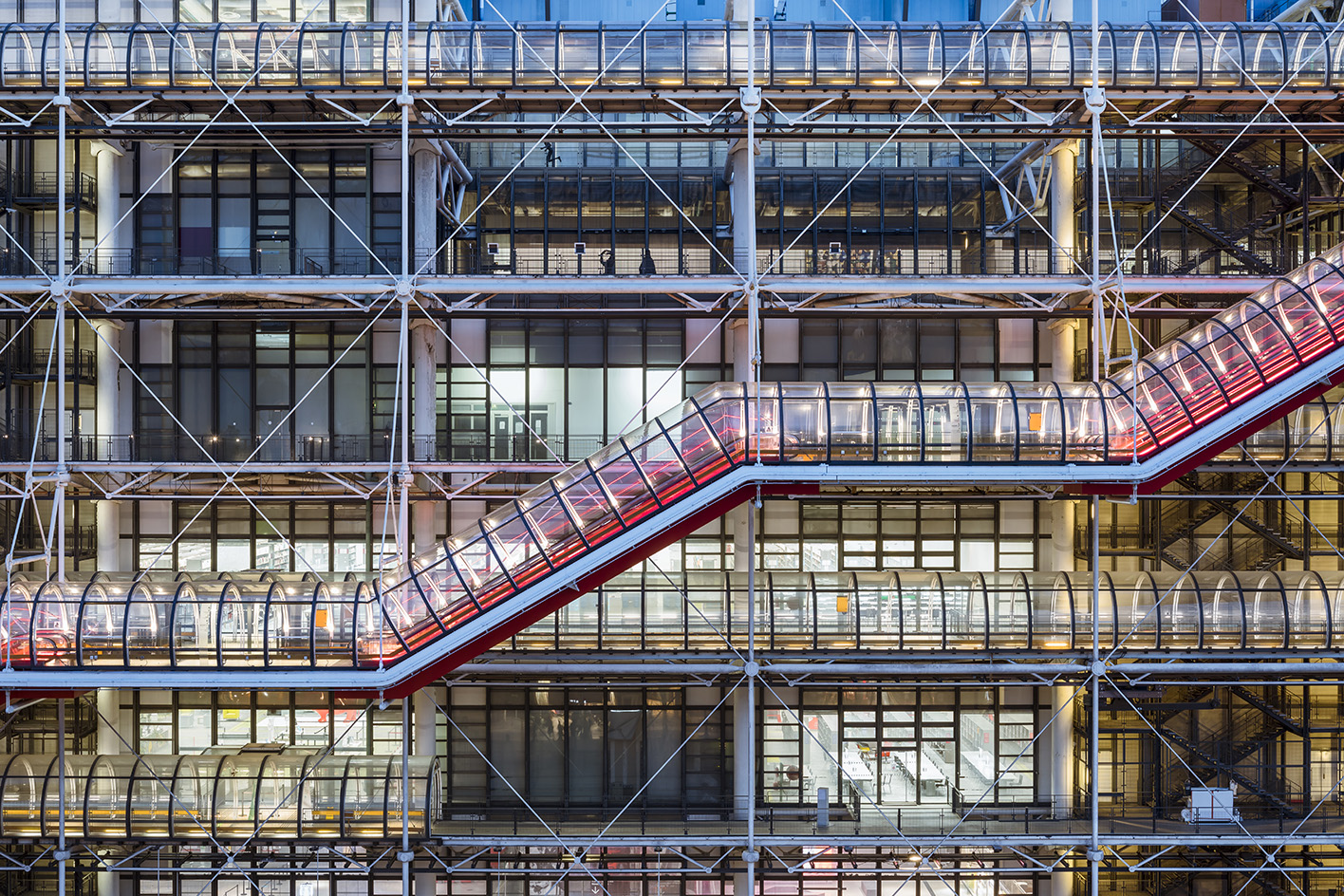 A guide to Renzo Piano’s magic touch for balancing scale and craft in architecture
A guide to Renzo Piano’s magic touch for balancing scale and craft in architectureProlific and innovative, Renzo Piano has earned a place among the 20th century's most important architects; we delve into his life and career in this ultimate guide to his work
-
 We are all fetishists, says Anastasia Fedorova in her new book, which takes a deep dive into kink
We are all fetishists, says Anastasia Fedorova in her new book, which takes a deep dive into kinkIn ‘Second Skin’, writer and curator Fedorova takes a tour through the materials, objects and power dynamics we have fetishised
-
 Frank Ocean’s Homer brings its luxury jewellery and accessories to new stores in London and Los Angeles
Frank Ocean’s Homer brings its luxury jewellery and accessories to new stores in London and Los AngelesHomer is growing, with a London outpost set to appear in jewellery district Hatton Garden
-
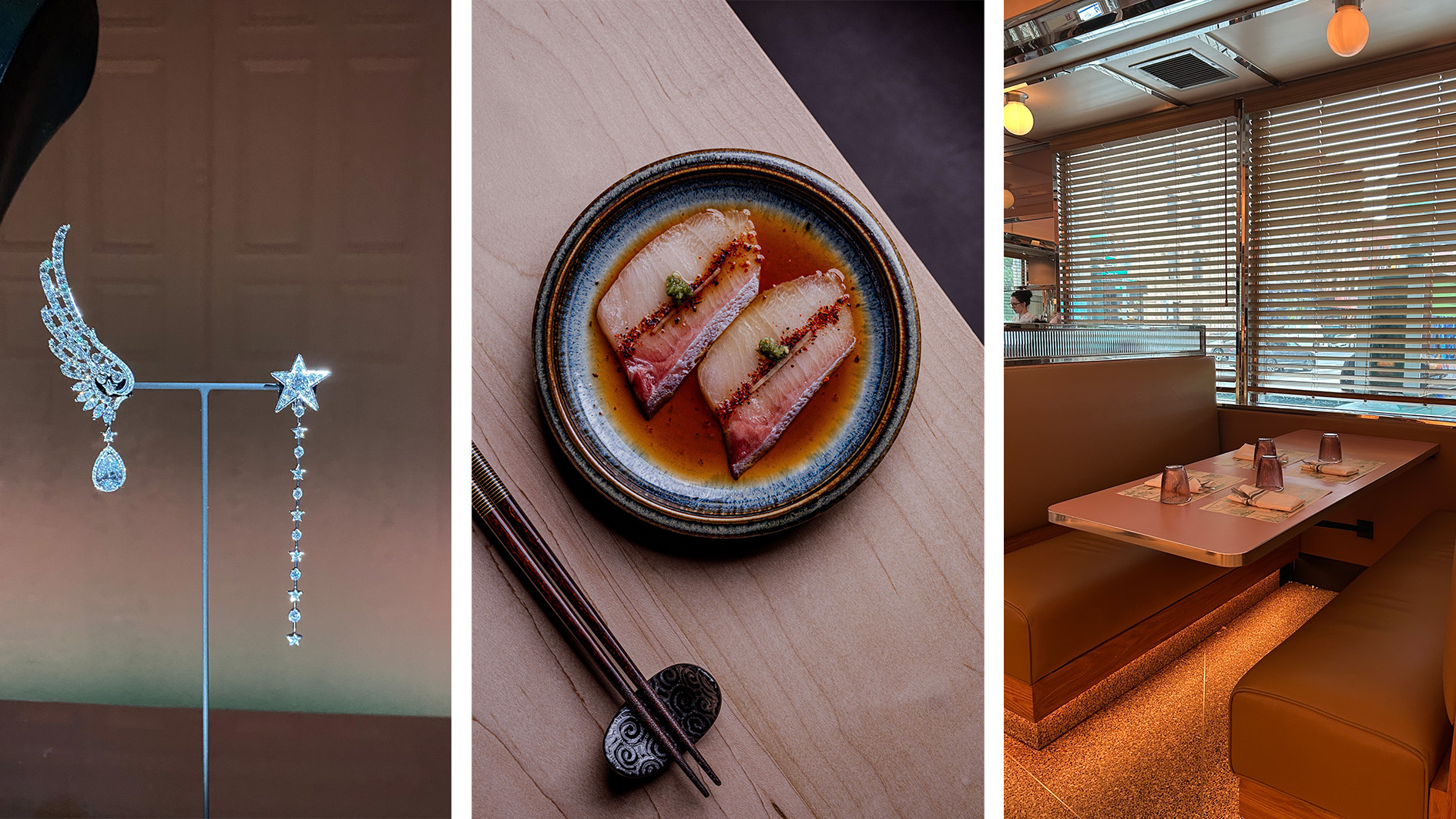 Out of office: the Wallpaper* editors’ picks of the week
Out of office: the Wallpaper* editors’ picks of the weekIt was a jam-packed week for the Wallpaper* staff, entailing furniture, tech and music launches and lots of good food – from afternoon tea to omakase
-
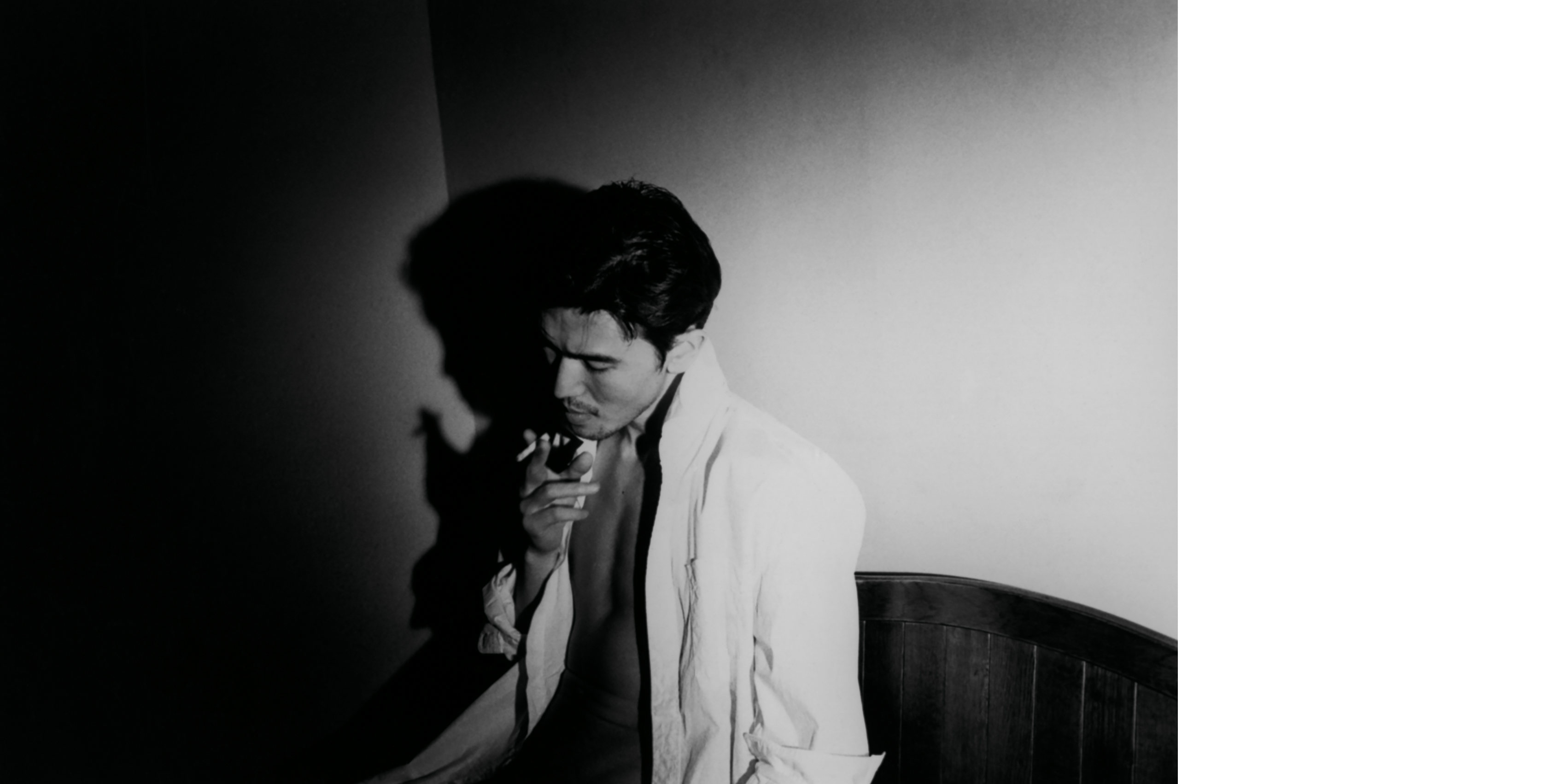 'I’m So Happy You Are Here': discover the work of Japanese women photographers
'I’m So Happy You Are Here': discover the work of Japanese women photographersSubtitled ‘Japanese Women Photographers from the 1950s to Now’, this new monograph from Aperture is a fascinating insight into a critically overlooked body of work
-
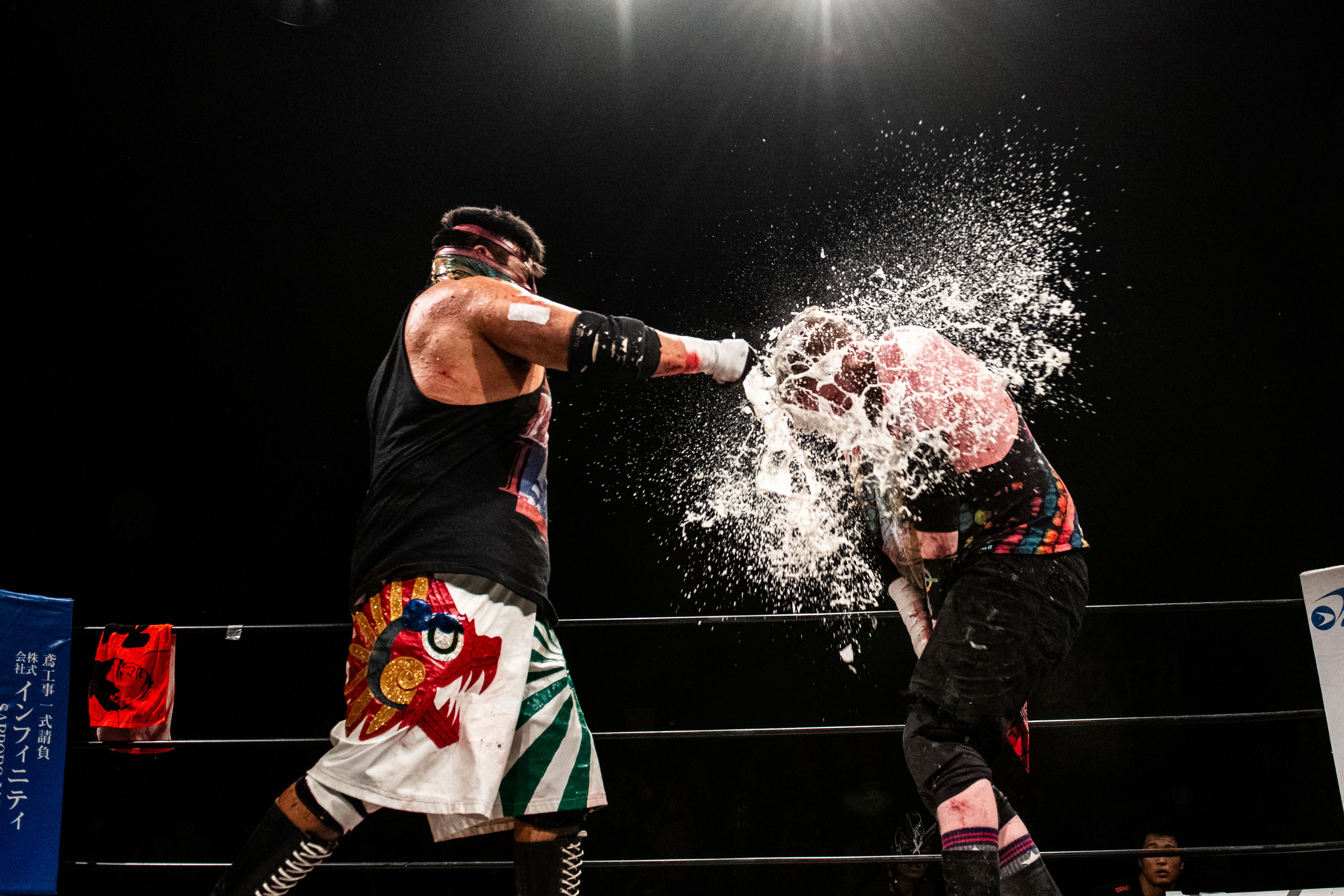 Deathmatch wrestling’s behind-the-scenes moments and bloody glory
Deathmatch wrestling’s behind-the-scenes moments and bloody gloryA new limited-edition book explores the intersection between art and deathmatch wrestling at a sold-out show held in Tokyo
-
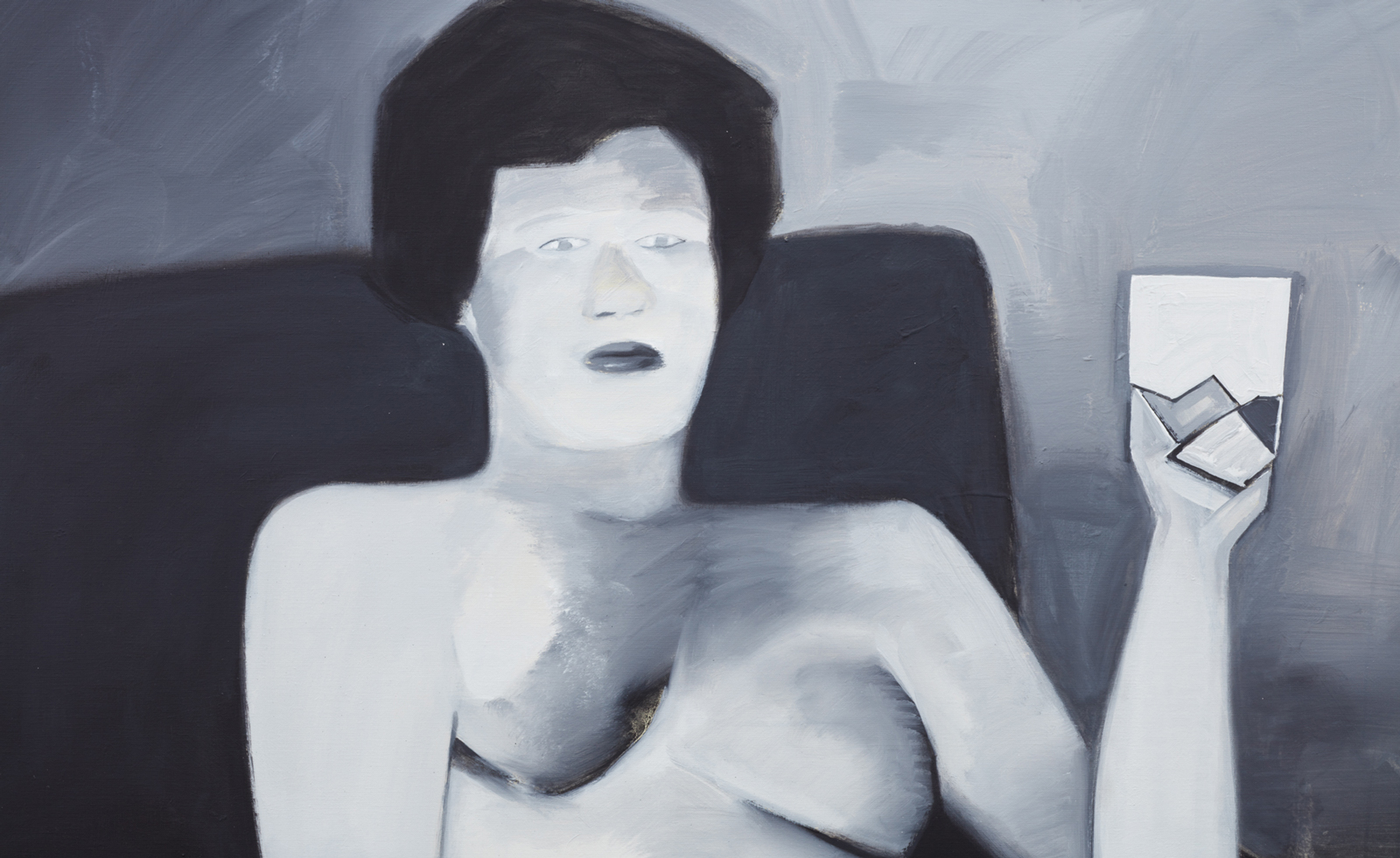 BLUM marks 30 years of Japanese contemporary art in America
BLUM marks 30 years of Japanese contemporary art in AmericaBLUM will take ‘Thirty Years: Written with a Splash of Blood’ to its New York space in September 2024, continuing its celebration of Japanese contemporary art in America
-
 Olafur Eliasson inaugurates Azabudai Hills Gallery in Tokyo
Olafur Eliasson inaugurates Azabudai Hills Gallery in TokyoOlafur Eliasson marks launch of Azabudai Hills Gallery, in Tokyo’s major new district, with a show of elemental strength
-
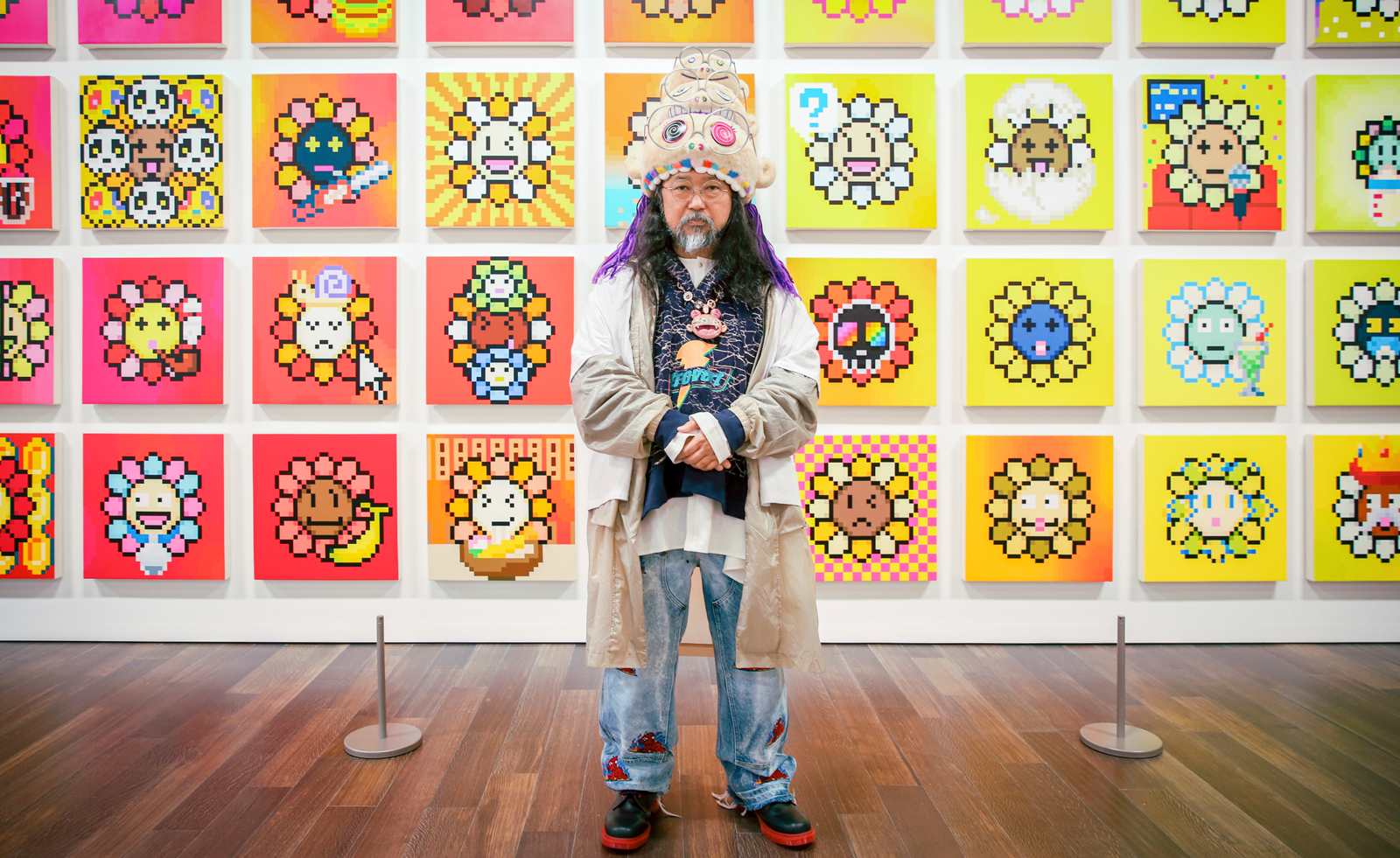 Takashi Murakami on his monsterizing San Francisco show
Takashi Murakami on his monsterizing San Francisco showTakashi Murakami tells us of pandemic-inspired creatures, eye-popping flowers, and NFTs as he explains the making of his exhibition at Asian Art Museum in San Francisco
-
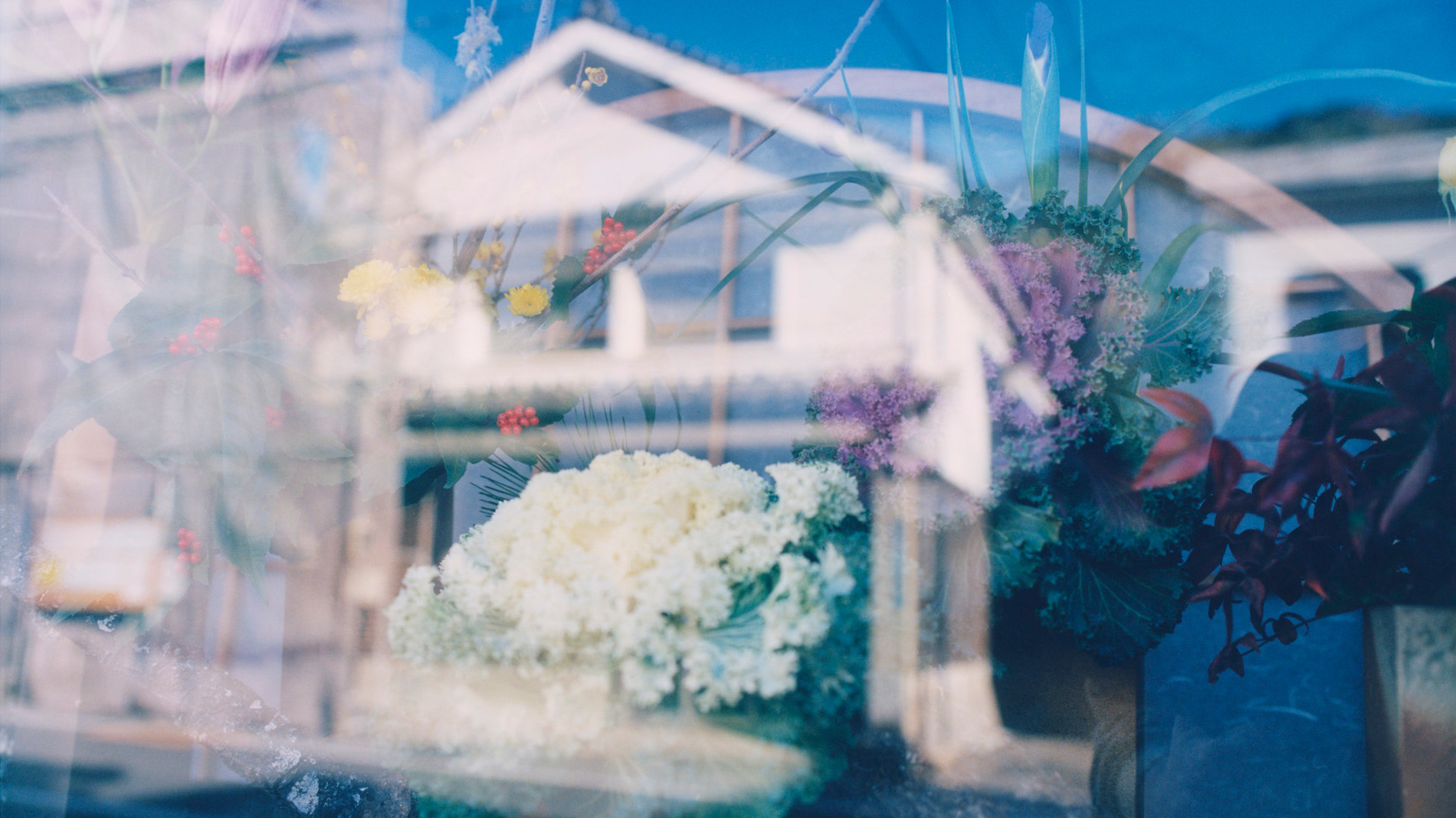 Photographer David Abrahams captures quiet moments in Japan for his new London show
Photographer David Abrahams captures quiet moments in Japan for his new London show‘Kyushu’ is a new show from photographer David Abrahams that documents his trip to a town on the Japanese island
-
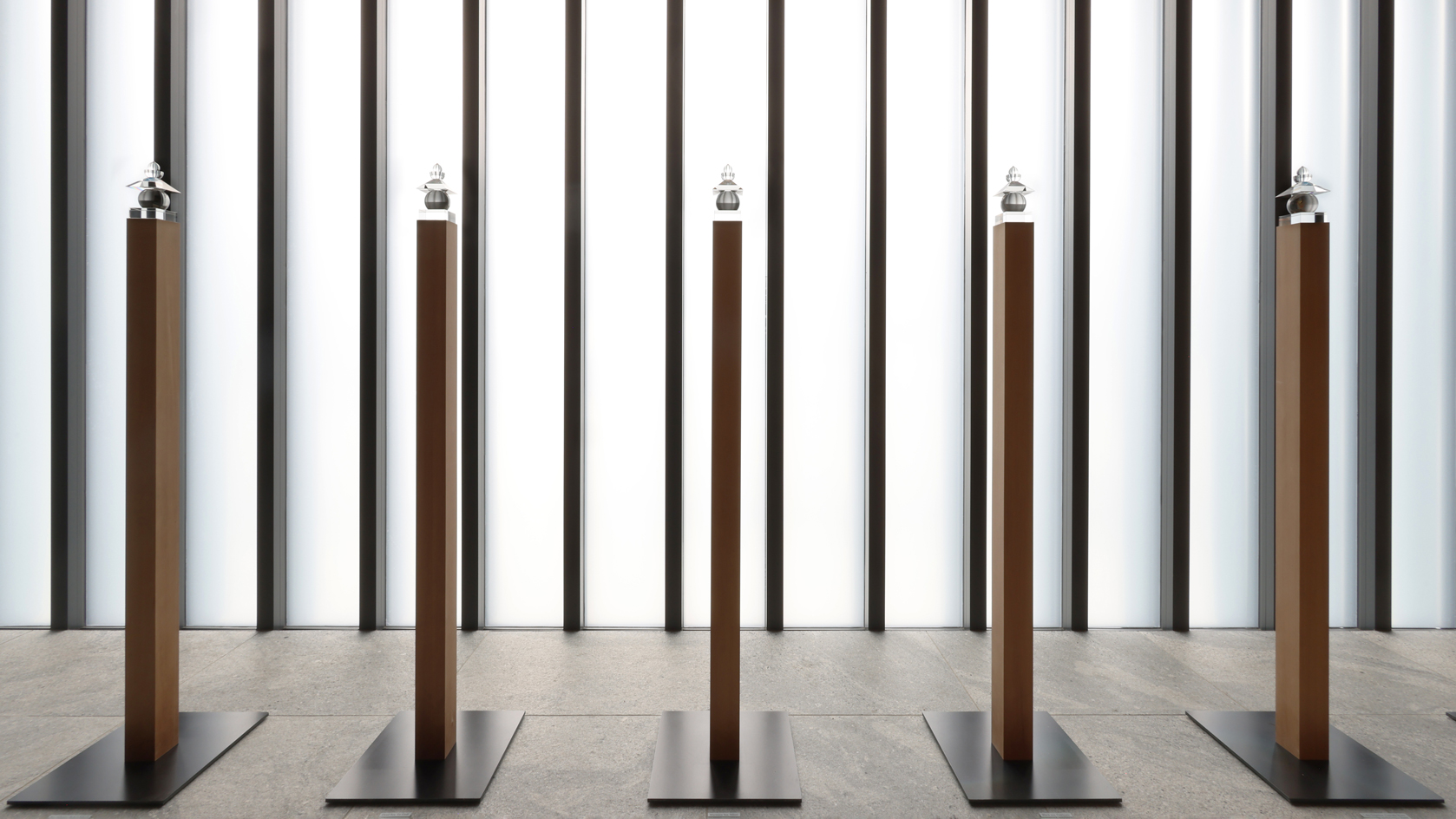 Hiroshi Sugimoto: ‘The deeper I explore Shinto and Buddhist art, the more it reveals the shallowness of contemporary art’
Hiroshi Sugimoto: ‘The deeper I explore Shinto and Buddhist art, the more it reveals the shallowness of contemporary art’‘Hiroshi Sugimoto – The Descent of the Kasuga Spirit’, at the Kasuga-Taisha shrine in Nara, Japan, sees the acclaimed photographer draw on Japan’s spiritual past and present